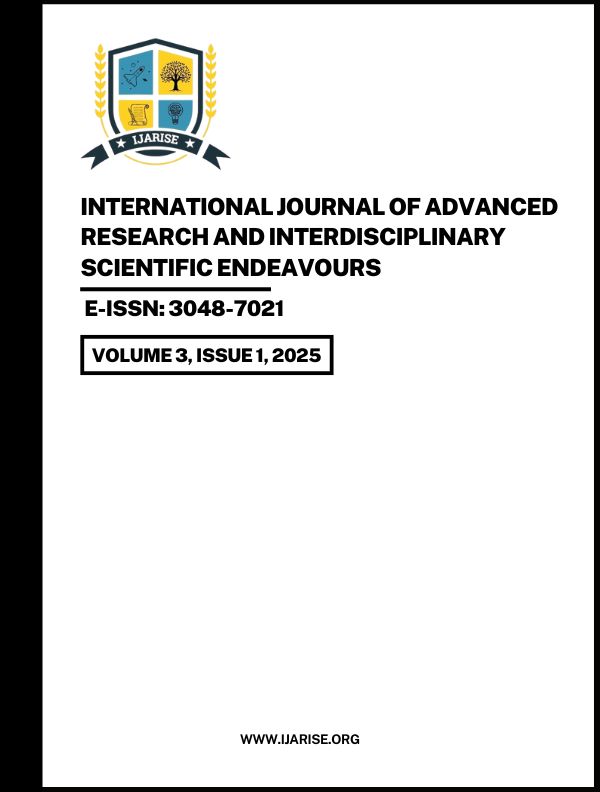Published 2025-07-30
Keywords
- Bio-Inspired Flight,
- Micro Air Vehicles (MAVs),
- Nano Air Vehicles (NAVs),
- Flapping Wing,
- Honeybee Kinematics
How to Cite
Copyright (c) 2025 International Journal of Advanced Research and Interdisciplinary Scientific Endeavours

This work is licensed under a Creative Commons Attribution 4.0 International License.
Abstract
In the development of bio-inspired Micro Air Vehicles (MAVs), flapping-wing configurations derived from natural fliers such as honeybees offer unique advantages in maneuverability and stability within complex environments. However, modeling the unsteady aerodynamic behavior of flapping wings is computationally intensive. In this study, a simplified quasi-steady approach is adopted by simulating the aerodynamics of a rigid, honeybee-inspired drone at multiple static orientations using a virtual inflow rotation technique. Computational Fluid Dynamics (CFD) simulations are performed at various effective angles of attack by altering the direction of the incoming flow while keeping the wing geometry fixed. Key vortex structures, including leading-edge and wingtip vortices, are analyzed to evaluate their role in lift and thrust generation. Aerodynamic forces (lift, drag, and thrust) are quantified across multiple static orientations to gain insights into aerodynamic performance. In parallel, a basic static structural analysis of the rigid wing is conducted using the aerodynamic pressure loads obtained from the CFD simulations. The structural response under representative aerodynamic loads is evaluated to assess stress distribution and potential wing deformation. This combined aerodynamic and structural analysis provides a comprehensive understanding of wing performance and structural integrity, offering valuable data for optimizing bio-mimetic MAV design.

